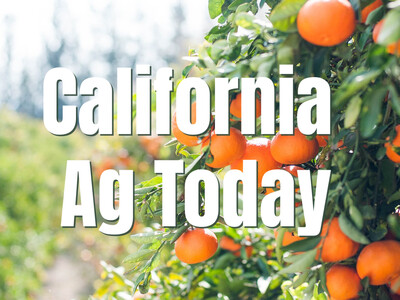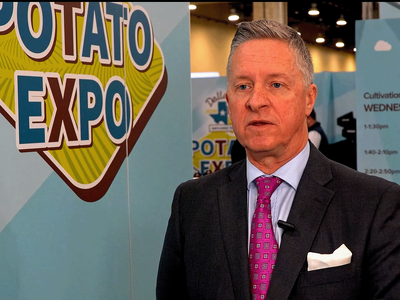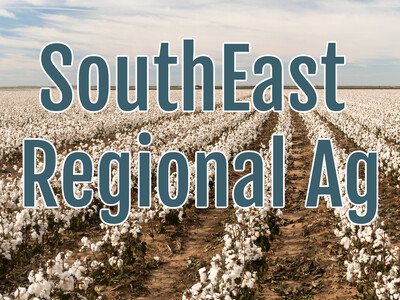Hedging and Market Volatility

Tim Hammerich
News Reporter
Technology has impacted the way we farm, but it’s also impacted the markets for agricultural commodities. Makenzie Billings is the manager of livestock products at CME Group, and she says electronic trading has made the markets more accessible for all producers.
Billings… “Having technology really has allowed this to be more accessible to the smaller producer, which has been absolutely wonderful. That being said, you know, it does come with some downfalls and things that you do have to adjust to. In this case, because you do have more participants in the market, you do see a lot more volatility. Once you just kind of pull back and take a 30,000 foot view of the market, you're still seeing very similar trends and things that are familiar.”
Her message to agricultural producers? Find effective ways to hedge risk whenever possible.
Billings… “You've got a lot of uncertainty happening at the moment, and with that uncertainty comes volatility. And so when you're not participating in the market, it does add to the stress of what you're doing. It also adds to the fluctuation of what you're doing currently, on the cash side. So, I think it's important in environments like this, you need to still be hedging. Even though you may be doing quite well at the moment, especially in this cattle cycle where we're at the moment. Several producers have been, I know have been doing quite well and still a great opportunity to hedge, lock in those prices.”
That’s Makenzie Billings of the CME Group.












